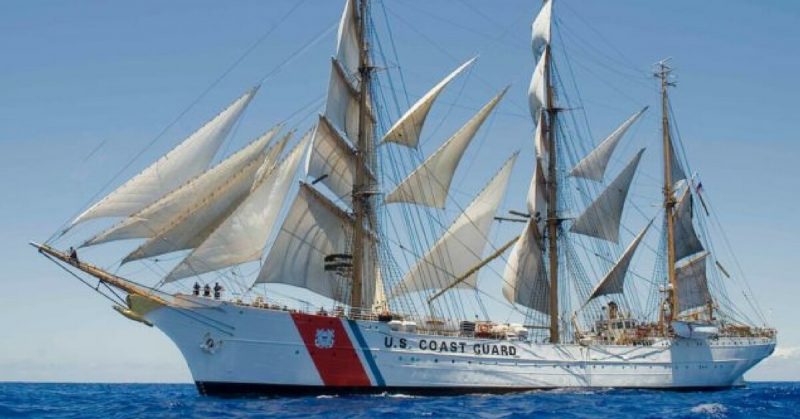The United States Coast Guard is, as the name implies, tasked with protecting and guarding Americans. Every year, however, this small branch of the military goes to war with thousands of its citizens.
In the 1980s the United States was in the midst of an ongoing struggle to prevent drugs, illegal migrants, and illicit funds entering its southern border. Florida and the Gulf of Mexico were central in this battle, due to their proximity to Central America, and the extensive and intricate coastline needing patrolling.
To mitigate this influx, the US Border Patrol established a small checkpoint on US Route 1, where it intersects with Card Sound Road.
In any other area, this would have been a mild inconvenience, slowing commuters on their journies. However, Route 1 is the only road in or out of the Florida Keys, a series of islands stretching out from southern Florida into the Gulf of Mexico.
Traffic in the Keys ground to a halt, just as the tourist season was about to begin. The islands, especially Key West farthest from the mainland, rely heavily on tourism for their annual income. Anything which gets in the way of the tourist industry there can have long lasting ramifications to the islands’ 25,000 residents.
Protests around the keys demanded the checkpoint be removed. The Mayor of Key West, Dennis Wardlow, spoke to the Federal and Florida Governments. The request was denied, and as he left the meeting, he was asked what he was going to do now? He replied simply: “I’m going to go home, and secede from the Union.”
The next day, April 23, 1982, from the back of a truck, Wardlow declared Key West, and the rest of the Florida Keys, to be their own nation, known as the Conch Republic. This was a declaration of war against the United States. On land, it took the form of a man hitting a US Naval Officer over the head with stale loaves of Cuban bread, but at sea, a battle began.
The schooner Western Union, a wooden sailing ship built in the 1930s, set sail from Key West and hoisted the Conch Republic’s flag. She approached the US Coast Guard Cutter Diligence and attacked.
Pulling alongside the US Cutter, Western Union unleashed a torrent of stale bread, conch fritters, and water. Not knowing what exactly was happening, the Coast Guard vessel responded with water hoses, soaking the schooner’s crew, but leaving all involved grinning.
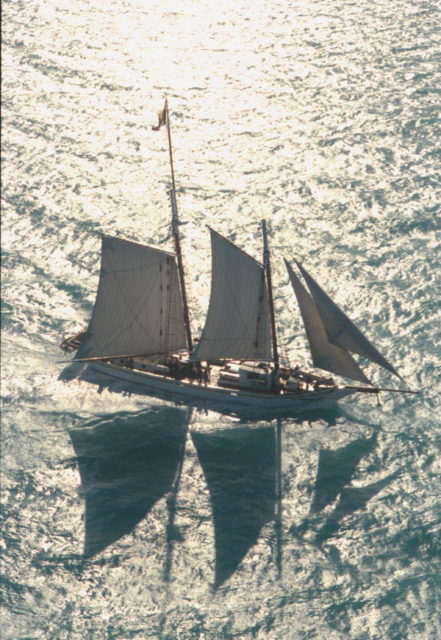
It marked the first “Bloody Battle” between the Conch Republic and the national forces. One minute after war was declared, Prime Minister Wardlow surrendered. He then immediately requested one billion dollars in aid. Thus ended the first war of Conch Secession.
The Battle is re-enacted annually, and the Conch Military has steadily grown. The Conch Armed Forces now consist of over ten boats, including the new flagship, Wolf; twelve aircraft; and artillery batteries at Fort Taylor. On April 23, every year since 1982, these forces prepare for war in their annual battle for independence against the Federal Government.
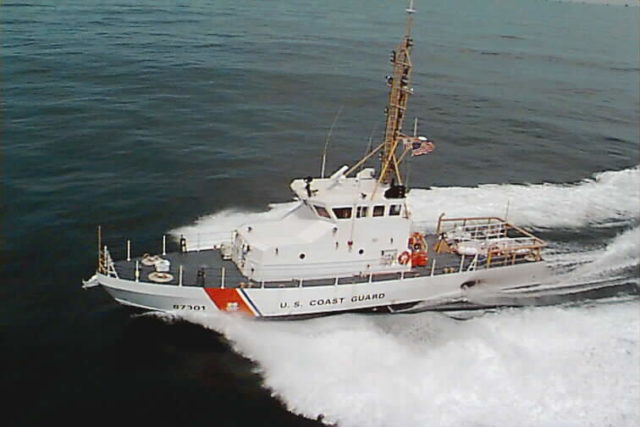
In 1984, the Conch Republic declared a separate war against the United States Government. This time, to reclaim their flagship, the Western Union, which was in debt.
In 1983, a nonprofit organization had been created to preserve the schooner. It took out a $350,000 small business loan but were unable to repay it, so were placed on a liquidation list. The Conch Republic responded by occupying Fort Zachary Taylor.
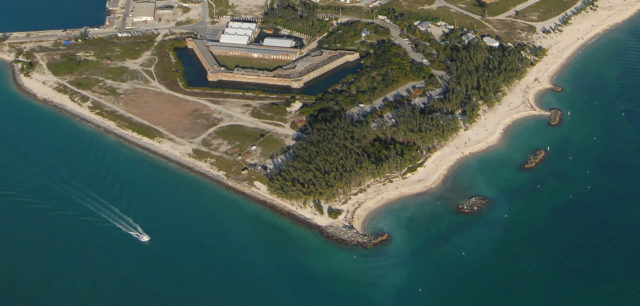
The unmanned Civil War Fort was in the middle of an economic dispute. A small invasion force of Key West locals landed on its shores and overran it. For over a week they occupied the Fort while the backers of the Western Union negotiated with the Federal Government. The schooner was sold to another nonprofit organization, which later used it for education and training for troubled youth.
When the Conch Military caught wind of it, they mobilized. Their Government issued official complaints to the US Federal Government but were ignored. So, when the 478th landed in Key West, they were met with fire hoses, toilet paper, and stale bread. The 478th backed down from their exercise, and instead acted as an envoy to a foreign nation. Another great victory for the Conch Republic.
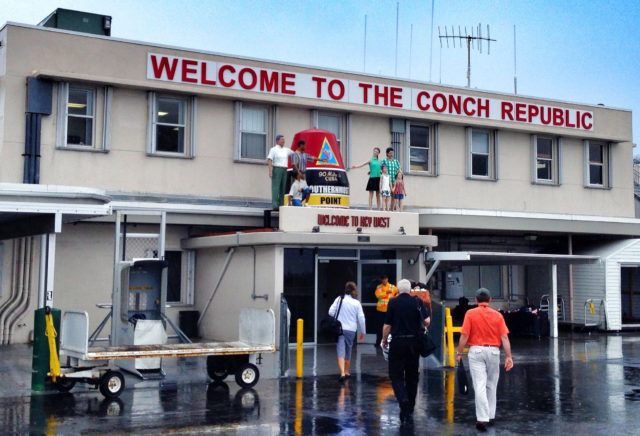
Today, the tradition of protest, independence, and silliness still permeates the Conch Republic and their military. Their fleet maintains its annual battle with the Coast Guard but is now supported by an Air Force, which drops toilet paper bombs, and shore artillery, which launches even more toilet paper. Their fleet also includes a US Coast Guard vessel, the Cutter Eagle (which could probably lead to some confusion if there were an actual secession), as well as the Brazilian Navy’s Cisne Branco.
Key West and the Keys are a part of the United States and hold no animosity towards their mother country. However, if a border ever reappears, or a Federal force invades, stale bread, toilet paper, and water will start flying yet again.
